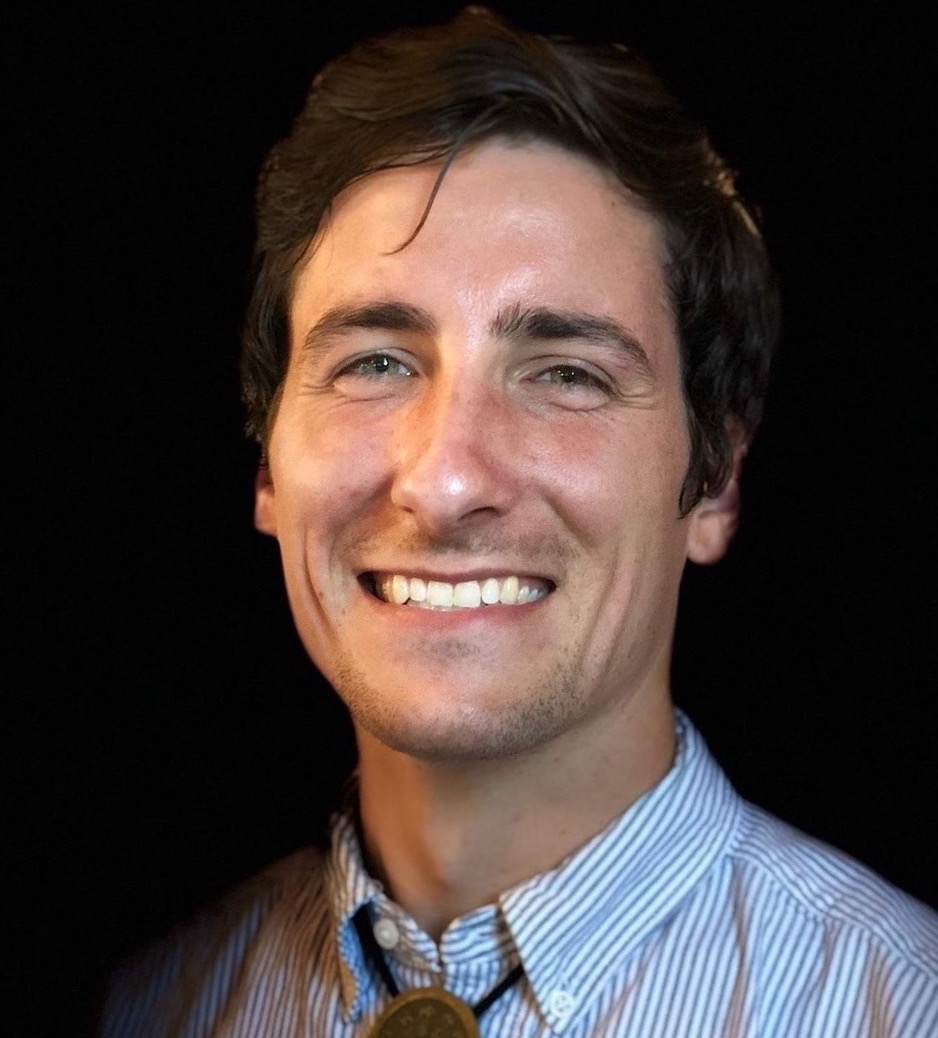
John Delaney became Professor Emeritus at the University of Washington after 42 years of active research and teaching in Ocean Sciences. Early career experiences involved working in the late 1960’s as an economic geologist across the western US, searching for base and precious metal deposits, and spending six months in the early 1970’s working on and within the active volcanoes in the western Galapagos Islands.
In 1987, Delaney initiated the NSF-sponsored “RIDGE” Program by working with many colleagues to focus on Mid-Ocean Ridge (MOR) systems from the perspective of feedback loops linking physical, chemical, and biological processes within dynamic submarine systems. RIDGE soon expanded into “Inter-RIDGE” (international), which continues today, and is being run by the French as of 2020.
Having made many tens of dives with the deep submersible ALVIN, and after nearly 50 sea-going expeditions, Delaney began working with colleagues to launch a program, with NSF support, focused on gaining long-term, real-time access to myriad processes operating at, below, and above the seafloor off the coasts of Washington and Oregon. This effort involved implementing a tectonic plate-scale installation of submarine, electro-optically cabled sensor networks across the Juan de Fuca Plate as part of NSF’s Ocean Observatory Initiative. By 2021, that Cabled Array had been operating for half a decade. It provides continuous, real-time data and imaging information to researchers and educators alike on many processes operating along and above the JdF Ridge and the Cascadia Subduction Zone.
Delaney has long been interested in the search for life elsewhere in the solar system, and worked with NASA-JPL folks to help plan space missions to the moons of Jupiter. He is a Fellow of the American Geophysical Union, a recipient of AGU’s Athelstan Spilhaus Award for fostering public engagement in the excitement, significance, and beauty of Earth and Space Science.
A late-stage focus of Delaney’s career has become the “Global Ocean-Human Culture” array of Themes involving elaboration of the broad, interlinked spectrum of ways that human beings have used, and been impacted by Oceans for tens of millennia. The goal is to fundamentally expand public awareness of how crucial the ocean-systems are to the long-term well-being of all of humanity from environmental, economic, security, and discovery perspectives.




